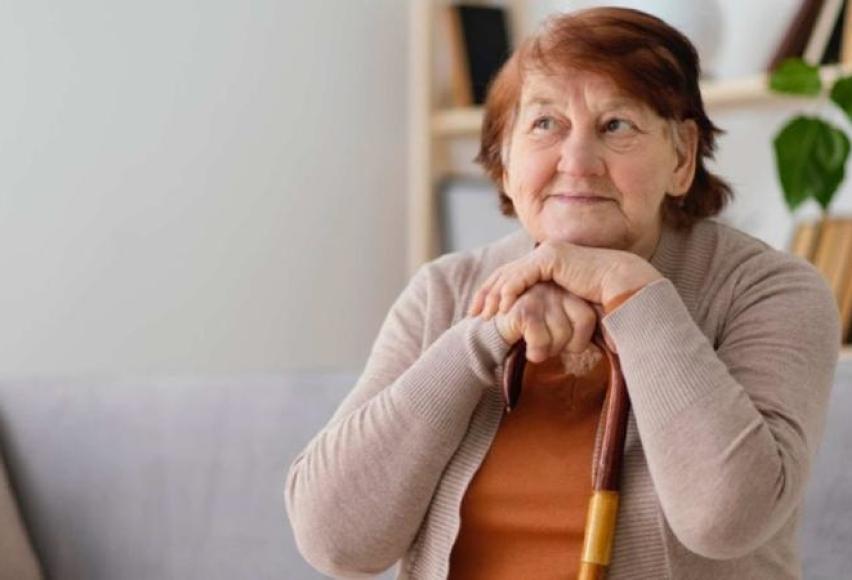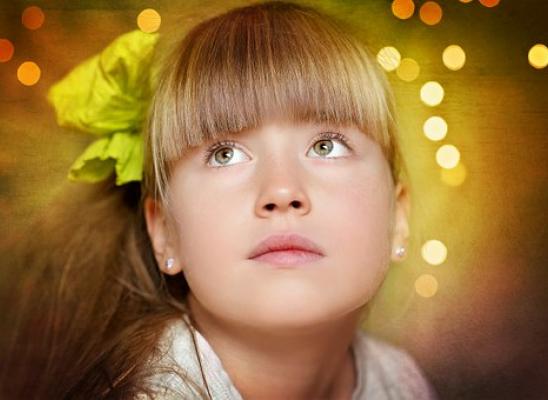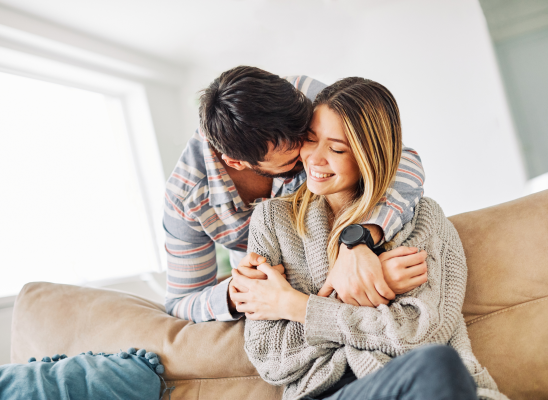Trichotillomania and the Elderly

Online test
Find out the severity of your symptoms with this free online test
The onset of compulsive hair pulling ranges in age from childhood to late adulthood. We still do not know exactly what causes trichotillomania, and the trigger for onset differs for everyone. Studies have pointed to genetic predisposition to the chemical processes in the brain as a possible cause. However, one thing is clear is that compulsive hair pulling is not a condition that just occurs overnight. Many people pull at their hair out of habit, but do not necessarily have a hair pulling disorder. However what starts out as a habit can evolve into a clinical condition in some cases. In forum discussions where carers of elderly patients often seek support or advice, there appears to be increasing concern and advice sought for elderly patients who engage in some form of body-focussed repetitive behaviour (BFRB) such as hair pulling or skin picking.
Presentation in the elderly
In the elderly, the condition often starts with frequent scratching one of the hair growing areas such as the scalp, the chest for men and in some cases even the pubic regions. A caregiver may find the elderly person persistently scratching these regions at given times of the day even when there are no signs of skin infection or irritation. Later the caregiver may notice hair on the floor from the scalp or on the shirt if pulled from the eyebrows or eyelashes. The difficulty with identifying the onset of a compulsive hair pulling disorder in the elderly is that it may be masked by similar behaviours as a result of onset of dementia. Dementia is characterized by the gradual damage and change to the brain. The brain degenerates over time causing progressive loss of cognitive functions such as memory loss, changes in mood and personality, mental confusion and depression. Many of these are known to have a high co-morbidity with BFRBs such as trichotillomania. Dementia also leads to loss of delay of gratification and in some cases the onset of impulsivity and aggression. These characteristics could all mask the onset of compulsive hair pulling. It is only when a caregiver observes the behaviour and realised that the person is not able to stop that red flags are raised that there may be a problem. However the lack of awareness that there even is such a condition means that it remains un-diagnosed.
Treatment for trichotillomania in the elderly
Treatment for Trichotillomania for the elderly with dementia is quite challenging because they have lost most of the judgment power, lack understanding, and mental agility. The first step in taking care of people with the hair-pulling disorder is to understand when the pulling occurs. It could be when thinking alone, watching the news or when experiencing anxiety or fear. By observing the times and contexts where pulling usually occurs you will be able to be proactive in attempting to prevent it. It is important to develop a trusting relationship with those suffering from the condition. It helps you understand the sociological, psychological, and emotional impact on the individual. Some of the strategies you could employ to help an elderly person with hair pulling include:
of the strategies you could employ to help an elderly person with hair pulling include:
- Engagement in positive meaningful occupations that keeps their hands occupied whilst simultaneously engaging their minds
- Fidget toys can be a very effective and helpful self-regulation tool. Fidgets and sensory balls can be used for calming and alerting, decrease stress, and increase tactile awareness of fingers/hands. There are some great examples and ideas on occupational therapy online stores under sensory integration resources.
- Wearing clothing that covers the targeted area, such as hats or scarves
- Wearing gloves or placing band aids on the finger tips
Although there is currently no known “cure” for trichotillomania, the behavior can be managed. There has also been evidence that diet can affect the severity of urges, with an increase in urges reported in high sugar and high caffeine intakes. Trichotillomania is not well known, even in the medical profession so if you suspect an elderly person you care for has this disorder it is best to bring it up with your consulting doctor and voice your concerns.
Online test
Find out the severity of your symptoms with this free online test
Start your journey with TrichStop
Take control of your life and find freedom from hair pulling through professional therapy and evidence-based behavioral techniques.
Start Now



